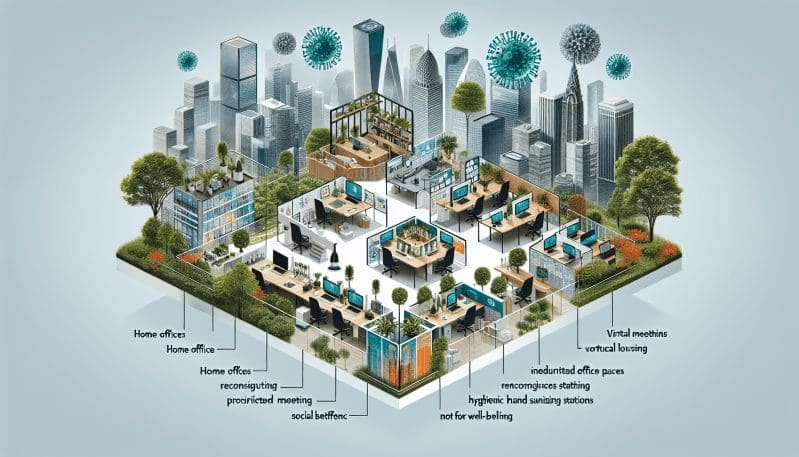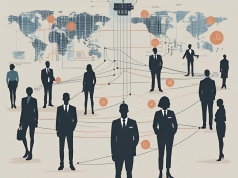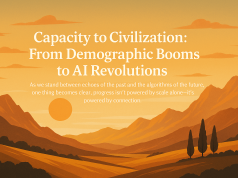As the world begins to emerge from the shadow of COVID-19, we’re witnessing a revolution in workplace design and culture. The pandemic has not only transformed how we work but also where we work. Gone are the days when the office was merely a place to sit and grind from nine to five. Today, it’s a dynamic space that must be fluid, flexible, and forward-thinking.
The rapid adoption of remote work during the pandemic served as a wake-up call, showing that productivity is not tethered to traditional office spaces. As a result, companies are now reimagining their work environments to accommodate this new, flexible work culture while also prioritizing employee well-being and safety.
Leading architects and workspace designers are embracing this challenge by crafting office layouts that are adaptable and multifunctional. Open spaces with movable partitions are in vogue, allowing for quick reconfiguration to suit team needs and health guidelines. Collaboration areas are becoming more prominent, with technology being seamlessly integrated to support both in-person and virtual meetings.
Moreover, the emphasis on well-being is catalyzing the incorporation of biophilic design principles, where elements of nature are blended into the workspace to reduce stress and improve cognitive function. This shift can be seen in the form of indoor gardens, natural lighting, and ventilation systems that improve air quality—a direct response to health concerns raised by the pandemic.
Business leaders are also weighing in on the transformation. They’re committing to more humane work environments where employees’ personal and professional lives can coexist more harmoniously. This means more in-office amenities like gyms, meditation spaces, and lounges that encourage a healthier work-life blend.
Sustainability is another cornerstone of the future office. Companies are investing in smart buildings equipped with energy-efficient systems and materials, reducing the environmental footprint of their operations and setting a new standard for eco-conscious design.
As the lines between our personal and professional lives continue to blur, the next decade will see the ‘office’ evolve into something we barely recognize today. It’s no longer just a space— it’s a service, an experience, a community hub. Technology will play a key role in this evolution, with advancements in AI and IoT creating workplaces that are not only more efficient but also more responsive to our needs as human beings.
In conclusion, the post-pandemic era is all about creating workspaces that are as dynamic and adaptable as the workforce itself. The offices of the next decade will be places that foster innovation, collaboration, and well-being, all grounded in a sustainable philosophy. It’s a tall order, but one that is crucial for the future of work.
The transformation of the office space is an ongoing narrative that we at The Work Times are excited to chronicle. As we venture into this new era of workplace design and culture, we invite you to join the conversation and share how your company is navigating these changes.




























